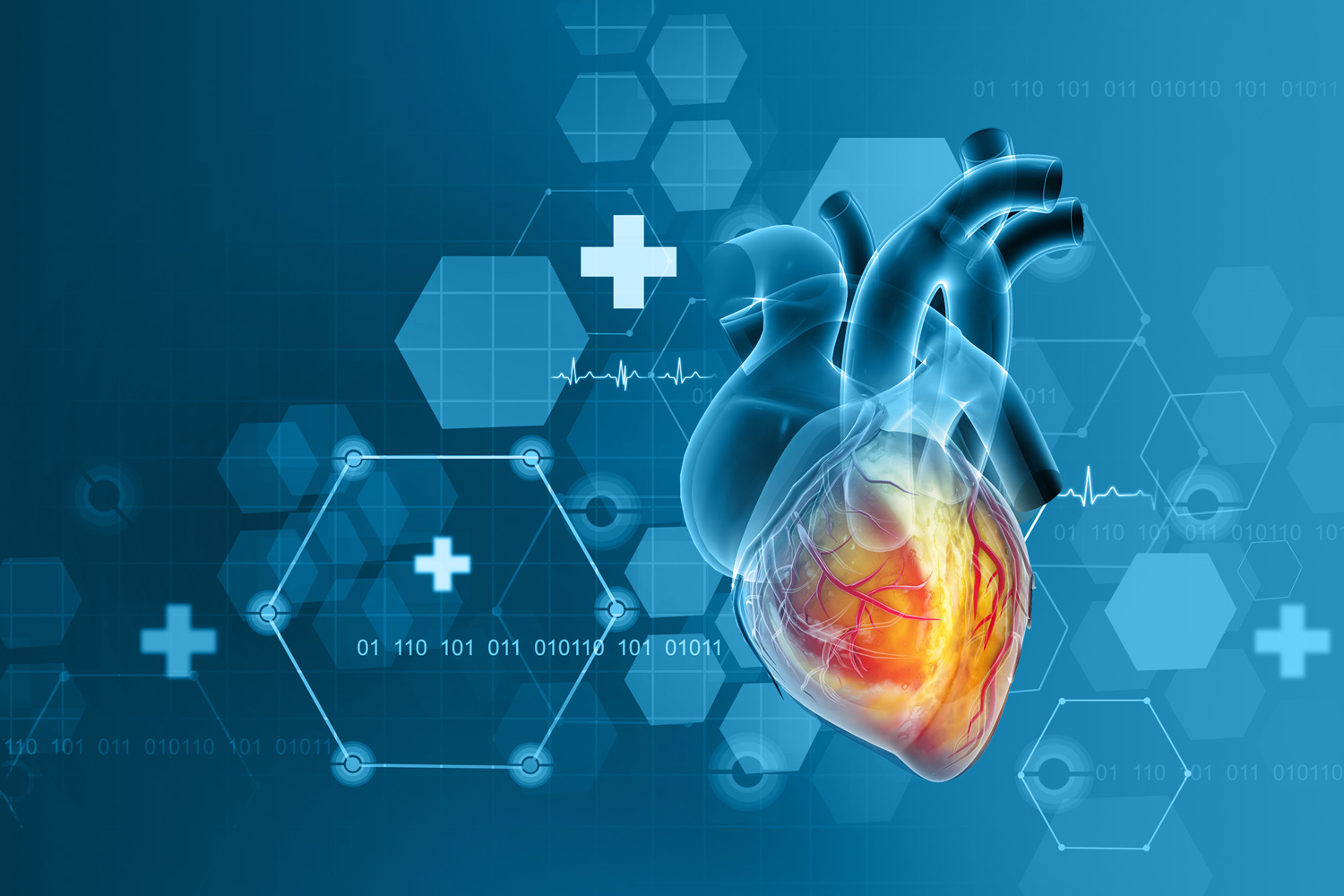Liposcale® Software
The Liposcale® medical software algorithm developed by Biosfer Testlab SL is patented and has been granted CE marking. It generates a report that provides a full characterisation of the lipoprotein profile.
The software generates a report, the LIPOSCALE® test, containing the following parameters and data:
The lipoproteins with the greatest atherogenic potential (1), y are medium and small VLDL and small dense LDL particles (2)
- The basic lipid profile: total cholesterol concentration, LDL-C, HDL-C, triglycerides (TG), remnant cholesterol and non-HDL cholesterol (non-HDL-C).
- Total number of lipoprotein particles (VLDL, LDL and HDL), classified according to size (large, medium and small), the mean size of VLDL, LDL and HDL particles, and the degree to which they deviate from the percentiles in the reference population.
Liposcale® Report
Structure of the report:
- The values are given in digital format so that they can be exported or integrated into any other custom report and used for patient assessment and/or monitoring.
- The test provides information about target values according to the patient’s cardiovascular risk (very high, high, moderate/low).
Discordance between cholesterol concentration / LDL particles:
Plasma LDL-C may not reflect the real concentration of LDL particles. Therefore, in patients with discordant LDL-C and LDL-P values, LDL-P it offers a better prediction of cardiovascular risk.4
In different metabolic conditions, including:
- Atherogenic Dyslipidemia
- Abdominal Obesity
- Insulin Resistance
- Metabolic Syndrome (MS)
- Type 2 Diabetes Mellitus
- Chronic Conditions (kidney disease or chronic inflammation)
An increased triglyceride content is detected in the lipoproteins. This excess is metabolized, leading to a larger number of smaller LDL particles with greater atherogenic potential.
This leads to discordance between particle number and cholesterol concentration.
More Information:
- The lipoproteins with the greatest atherogenic potential (1), y are medium and small VLDL and small dense LDL particles (2)
- The number of LDL particles (LDL-P), and particularly small dense LDL particles (sdLDL), provides a better prediction of CVD than the standard lipid profile.(3)
- Plasma LDL-C may not reflect the real concentration of LDL particles. Therefore, in patients with discordant LDL-C and LDL-P values, LDL-P it offers a better prediction of cardiovascular risk.(4)
References:
- Amor AJ, Catalan M, Pérez A, et al. Nuclear magnetic resonance lipoprotein abnormalities in newly-diagnosed type 2 diabetes and their association with preclinical carotid atherosclerosis. Atherosclerosis. 2016;247:161–9.
- Cromwell WC, Otvos JD. Low-density lipoprotein particle number and risk for cardiovascular disease. Current Atherosclerosis Reports. 2004;6:381–7.
- Mallol R, Amigó N, Rodríguez MA, et al. Liposcale: a novel advanced lipoprotein test based on 2D diffusion-ordered 1H NMR spectroscopy. Journal of Lipid Research. 2015;56:737–46.
- Otvos JD, Mora S, Shalaurova I, et al. Clinical Implications of Discordance Between LDL Cholesterol and LDL Particle Number. Journal of Clinical Lipidology. 2011;5:105–13.


